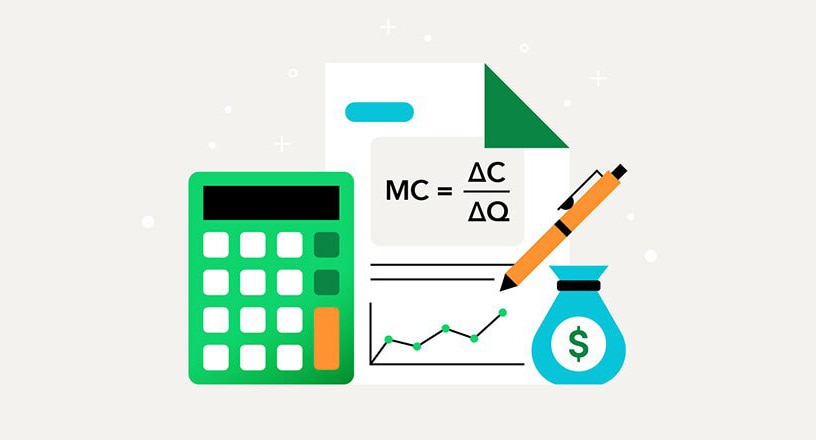Why apply the contribution margin formula?
After you know your break-even point, you can calculate the contribution margin of each item you sell. The contribution margin tells you how much money each item will contribute to your profits after you break even. You calculate your contribution margin by subtracting a product’s variable costs from the selling price. The formula is:
Total sales – variable costs = contribution margin (CM)
This formula is the amount of money your company has on hand to cover your fixed costs after you pay all of your variable expenses. It also includes any money left over after covering fixed costs and constitutes your company’s net operating profit or loss.
The contribution margin formula is a useful tool that you can use to plan sales and costs of sales. To put it a different way, the contribution margin is the dollar amount that will cover fixed costs before you reach your break-even point, and it’s the dollar amount that will go toward company profit after you reach your break-even point.
For example, let’s assume that 2,000 units are sold and compute the profit this way:
$500 (2,000) – $380 (2,000) = CM
$120 (2,000) = $240,000 CM
The contribution margin is $120 x 2,000 units, or $240,000. We already know that we have $200,000 in fixed costs. When those fixed costs are subtracted, that will leave the company with $40,000 profit. The contribution margin further demonstrates that increasing total sales or decreasing fixed costs over time will generate higher profits.
Many business owners use the break-even point formula, target net income, and contribution margin to make business decisions, such as devising a per unit pricing strategy or determining which factors will affect the profitability of the company and its long-term success.




